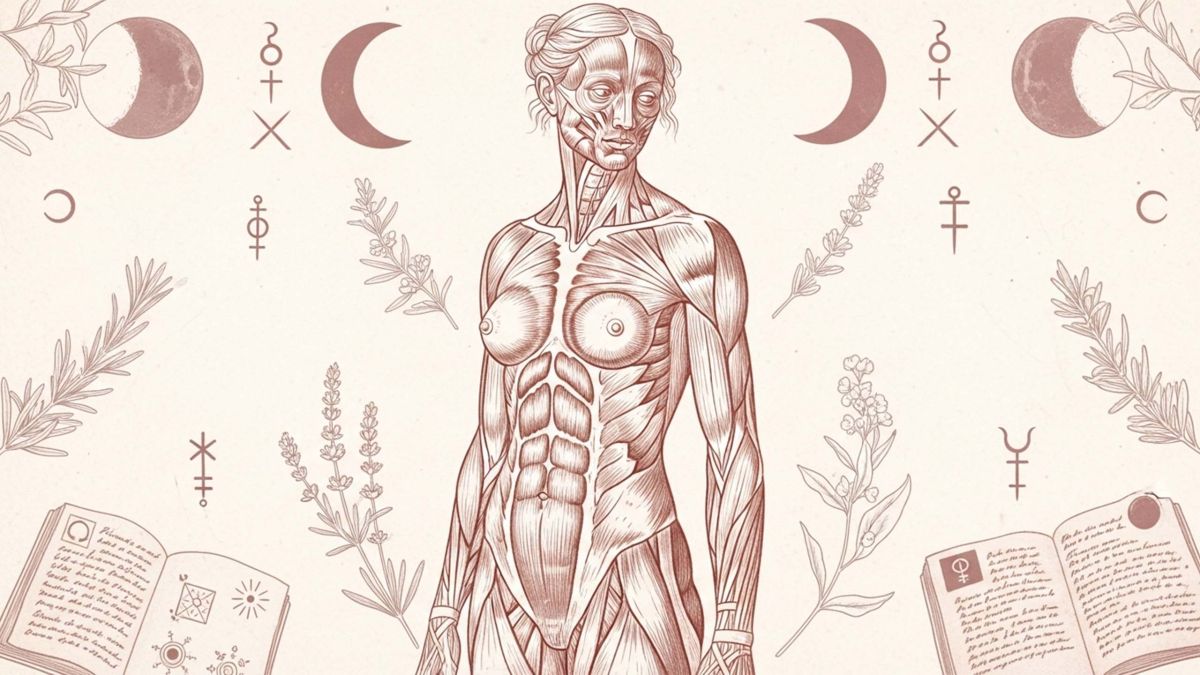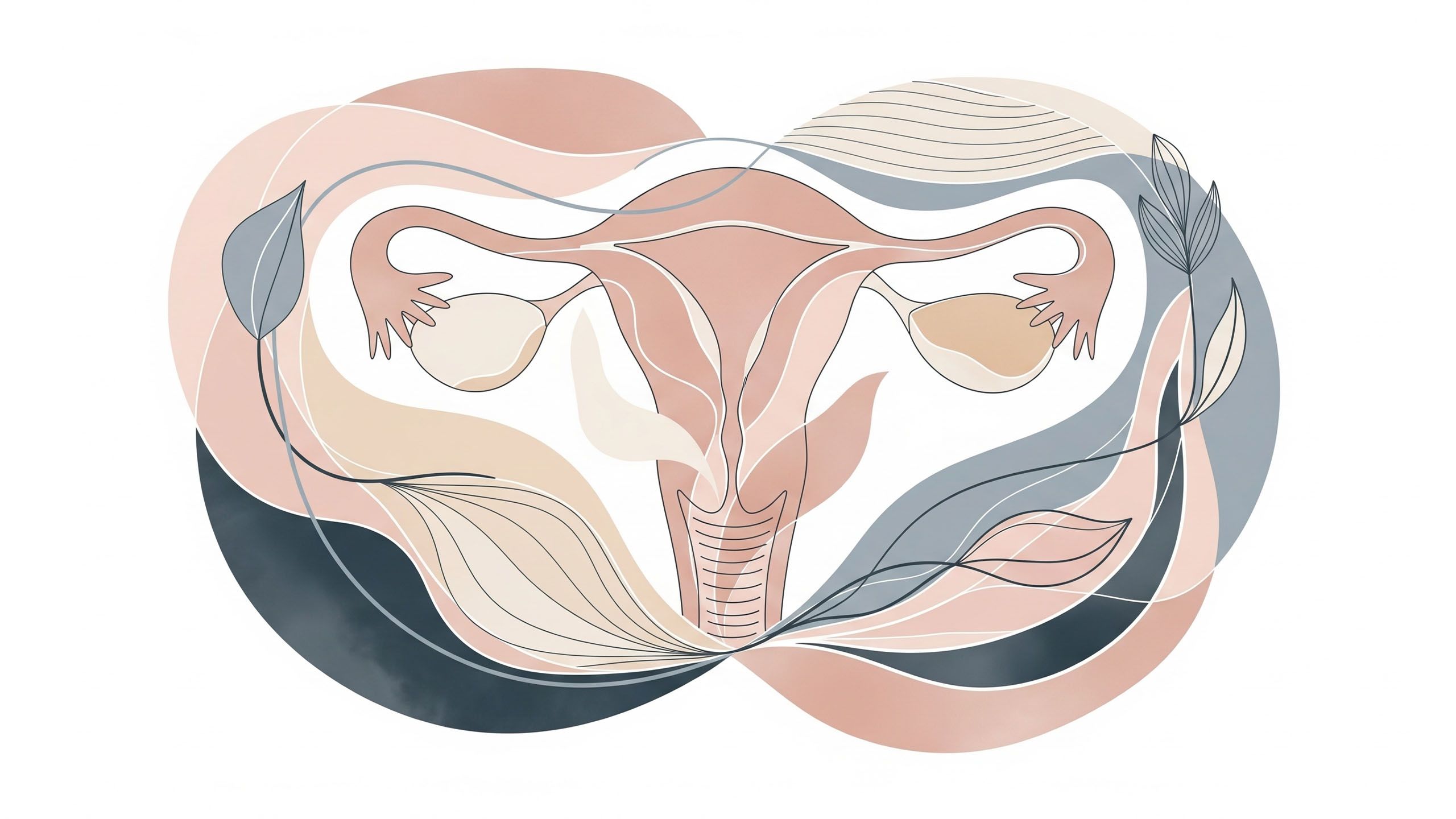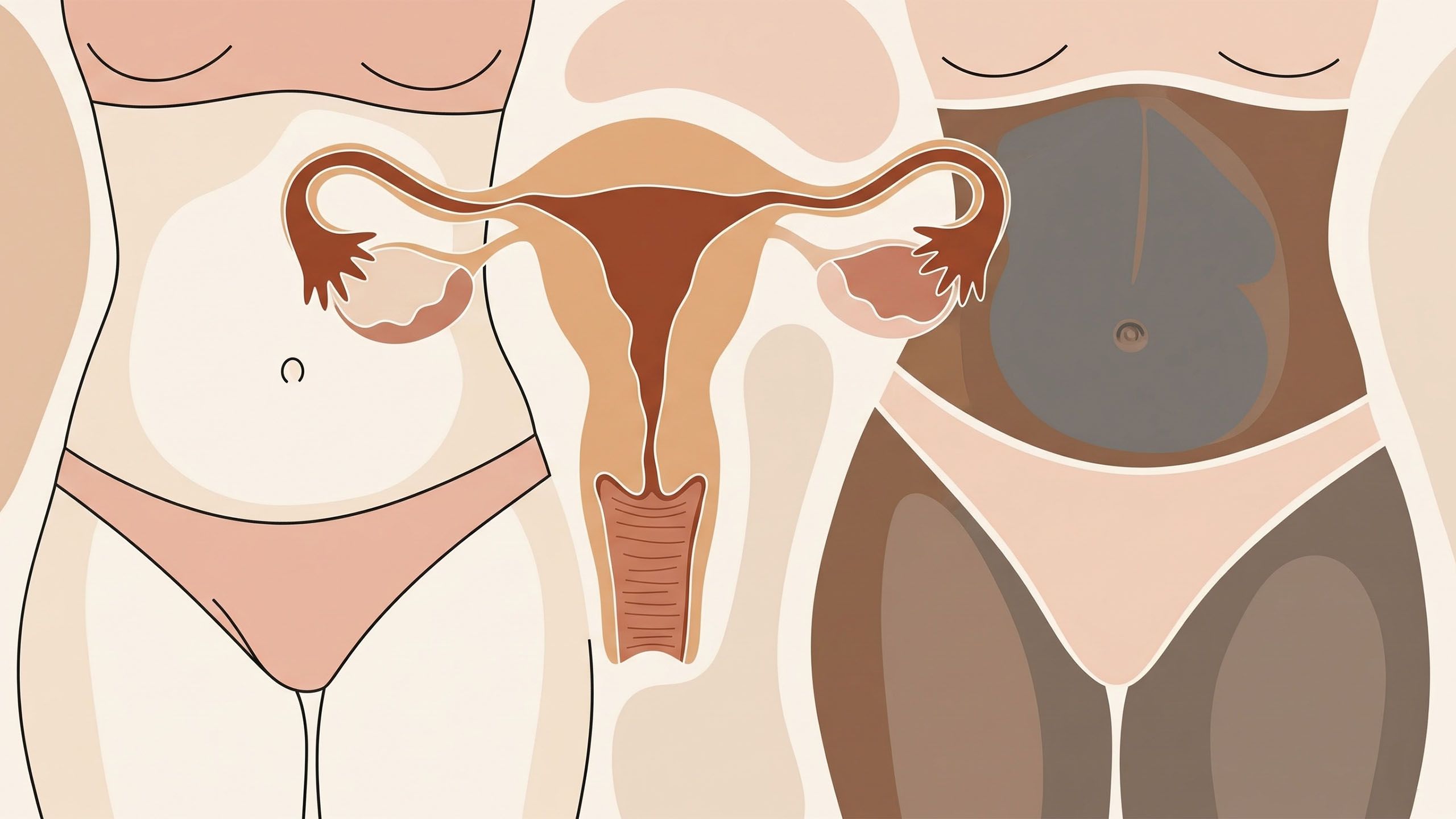The Anatomy of Fear: Myths About the Female Body Through History

The Shadows Beneath the Skin
For centuries, the female body has been a mystery that both fascinated and frightened the world. Long before medicine found its footing in anatomy and biology, it was molded by myth, moral panic, and the fear of the unknown. The womb, menstruation, and even a woman’s laughter were once interpreted as signs of instability or danger—proof that something uncontrollable lived beneath the surface.
When superstition shaped science and the body became a battleground for belief.— A mystery to be feared.
The story of how fear sculpted our understanding of the female body is, in many ways, a ghost story. It lingers still, haunting language, social attitudes, and even modern medicine.
The “Wandering Womb”: A Creature Untamed
In ancient Greece, physicians believed the womb was a living, wandering creature—a restless organ that could roam the body, causing suffocation, madness, or paralysis. Plato compared it to an “animal within an animal,” longing for children and growing angry when denied.
This myth, known as hysteria uteri, was not simply a misunderstanding—it shaped the medical treatment of women for millennia. Physicians would prescribe marriage, pregnancy, or sexual intercourse as a cure, reducing health to submission and reproduction.
The “wandering womb” became a convenient metaphor for unpredictability—a reason to distrust emotion, intellect, and even independence.
Hysteria: The Ghost in the Mind
By the 19th century, medicine had traded superstition for science, yet the myth evolved rather than disappeared. “Hysteria” became a catch-all diagnosis for everything from sadness to sexual frustration. Women who expressed distress, desire, or defiance were labeled hysterical—a term derived directly from hystera, the Greek word for womb.
Doctors performed “rest cures” that confined women to silence and immobility, believing that stimulation—mental or physical—would worsen their condition. For others, “pelvic massages” were prescribed, an ironic mixture of prudishness and erotic control masquerading as medicine.
Behind these treatments was an unspoken fear: that women’s bodies were too powerful, too unpredictable, and too separate from male comprehension.
Menstrual Taboos: The Blood of Sin
Cultural Insight: Menstrual Huts
In some traditional African and South Asian cultures, menstruating women were isolated in separate huts, a practice rooted in beliefs about impurity. While largely faded, these customs highlight how deeply menstrual taboos shaped social norms.
In nearly every culture, menstruation has carried a shadow of taboo. In ancient texts, it was described as impure or dangerous, capable of withering crops or dulling swords. Medieval scholars argued that menstrual blood was poisonous.
These ideas turned a natural biological process into something sinister, enforcing isolation and shame. Even today, echoes of this discomfort remain—seen in euphemisms, silence, and the sense that menstruation must be hidden.
Fear of the menstrual body was not just superstition; it was control disguised as protection. The idea that women’s cycles made them unfit for leadership, study, or even religious life persisted well into the modern era.
Witchcraft and the Sinful Body
During the witch trials of the 15th to 17th centuries, the female body was again placed under suspicion. Accused women were examined for “witch’s marks”—birthmarks, moles, or folds of skin said to prove a pact with the devil. Midwives and healers, whose knowledge of herbs and childbirth rivaled that of male physicians, were often among the first to burn.
The merging of anatomy and morality created a dangerous equation: to understand a woman’s body was to control her spirit. Witchcraft accusations were as much about power as they were about fear—the fear of what could not be explained, or contained.
The womb, the menstrual cycle, and sexuality all became proof of sin, the body itself seen as a portal through which evil could enter the world.
| Myth | Time Period | Description | Cultural Impact |
|---|---|---|---|
| Wandering Womb | Ancient Greece–Middle Ages | Belief that the uterus moved freely, causing physical and mental ailments. | Framed women’s health as unpredictable, justifying control over their bodies. |
| Hysteria | 19th–20th Century | Diagnosis linking women’s emotions to their reproductive system. | Dismissed women’s emotions as biological flaws, limiting their agency. |
| Menstrual Taboos | Ancient Times–Present | Menstruation viewed as impure or dangerous, often requiring isolation. | Stigmatized a natural process, fostering shame and secrecy. |
| Witchcraft and Anatomy | 15th–18th Century | Female body linked to sin or demonic influence, especially during witch hunts. | Justified persecution and control of women’s bodies. |
The Persistence of Shadows
Though we like to believe we’ve outgrown superstition, its fingerprints remain. The myth of the “emotional” woman, the belief that hormonal cycles dictate competence, the quiet shame surrounding menopause or menstruation—these are modern echoes of ancient fears.
Even in medicine, women’s pain is still sometimes minimized, their symptoms misattributed to stress or anxiety. Studies suggest that conditions like endometriosis and heart disease are underdiagnosed in women because their reports of pain are taken less seriously.
The body may no longer be accused of witchcraft, but suspicion lingers in subtler forms.
Did You Know?
The Modern Mirror
To examine this history is not to accuse the past but to understand the inheritance it left behind. The myths surrounding the female body reveal more about the societies that created them than about biology itself.
Today, science continues to correct centuries of misconception, yet the narrative of fear still hums in the background—a reminder that progress is as much about unlearning as discovery.
In every era, the female body has reflected the anxieties of its time: religion feared temptation, medicine feared mystery, and culture feared change.
Understanding that legacy means seeing fear for what it is—a mirror, not a truth.
In Brief
-
Wandering womb — Ancient belief that the uterus could roam the body, blamed for many ailments.
-
Hysteria — A catch-all diagnosis linking emotion and anatomy, shaping treatments for centuries.
-
Menstrual taboos — Periods were viewed as impure or dangerous, shaping isolation and shame.
-
Witchcraft accusations — Midwives and healers were targeted; the body was treated as evidence of sin.
Disclaimer: The articles and information provided by the Vagina Institute are for informational and educational purposes only. This content is not intended to be a substitute for professional medical advice, diagnosis, or treatment. Always seek the advice of your physician or another qualified health provider with any questions you may have regarding a medical condition.


 English
English  Deutsch
Deutsch  Español
Español  Français
Français 




